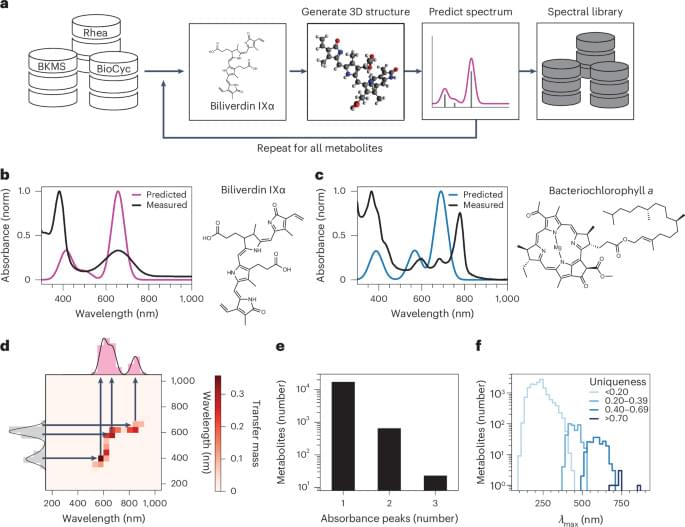What if gravity isn’t a force, but a computation? In this episode, we explore Dr. Melvin Vopson’s groundbreaking theory that gravity emerges from the universe’s effort to compress and optimize information. Discover how this idea connects with simulation theory, quantum physics, and the future of reality.
Paper link: https://pubs.aip.org/aip/adv/article/.… 00:00 Introduction 00:54 The Universe as a Computational System 02:18 Gravity as an Optimization Process 03:48 Implications and Similar Theories 07:20 Outro 07:39 Enjoy MUSIC TITLE : Starlight Harmonies MUSIC LINK : https://pixabay.com/music/pulses-star… Visit our website for up-to-the-minute updates: www.nasaspacenews.com Follow us Facebook: / nasaspacenews Twitter:
/ spacenewsnasa Join this channel to get access to these perks:
/ @nasaspacenewsagency #NSN #NASA #Astronomy#GravityTheory #InformationPhysics #MelvinVopson #SimulationHypothesis #DigitalUniverse #HolographicPrinciple #EntropicGravity #PhysicsExplained #ScienceNews #QuantumGravity #NewPhysics #ComputationalUniverse #BinaryReality #SpaceTime #QuantumMechanics #BlackHoleTheory #QuantumInformation #QuantumComputing #TheoreticalPhysics #ScienceBreakthrough #QuantumWorld #UnifiedTheory #SpaceExploration #Astrophysics #PhysicsToday #CosmosDecoded #EmergentGravity #ScienceFacts #GravityExplained #DigitalPhysics.
Chapters:
00:00 Introduction.
00:54 The Universe as a Computational System.
02:18 Gravity as an Optimization Process.
03:48 Implications and Similar Theories.
07:20 Outro.
07:39 Enjoy.
MUSIC TITLE : Starlight Harmonies.
MUSIC LINK : https://pixabay.com/music/pulses-star…
Visit our website for up-to-the-minute updates:
www.nasaspacenews.com.
Follow us.






